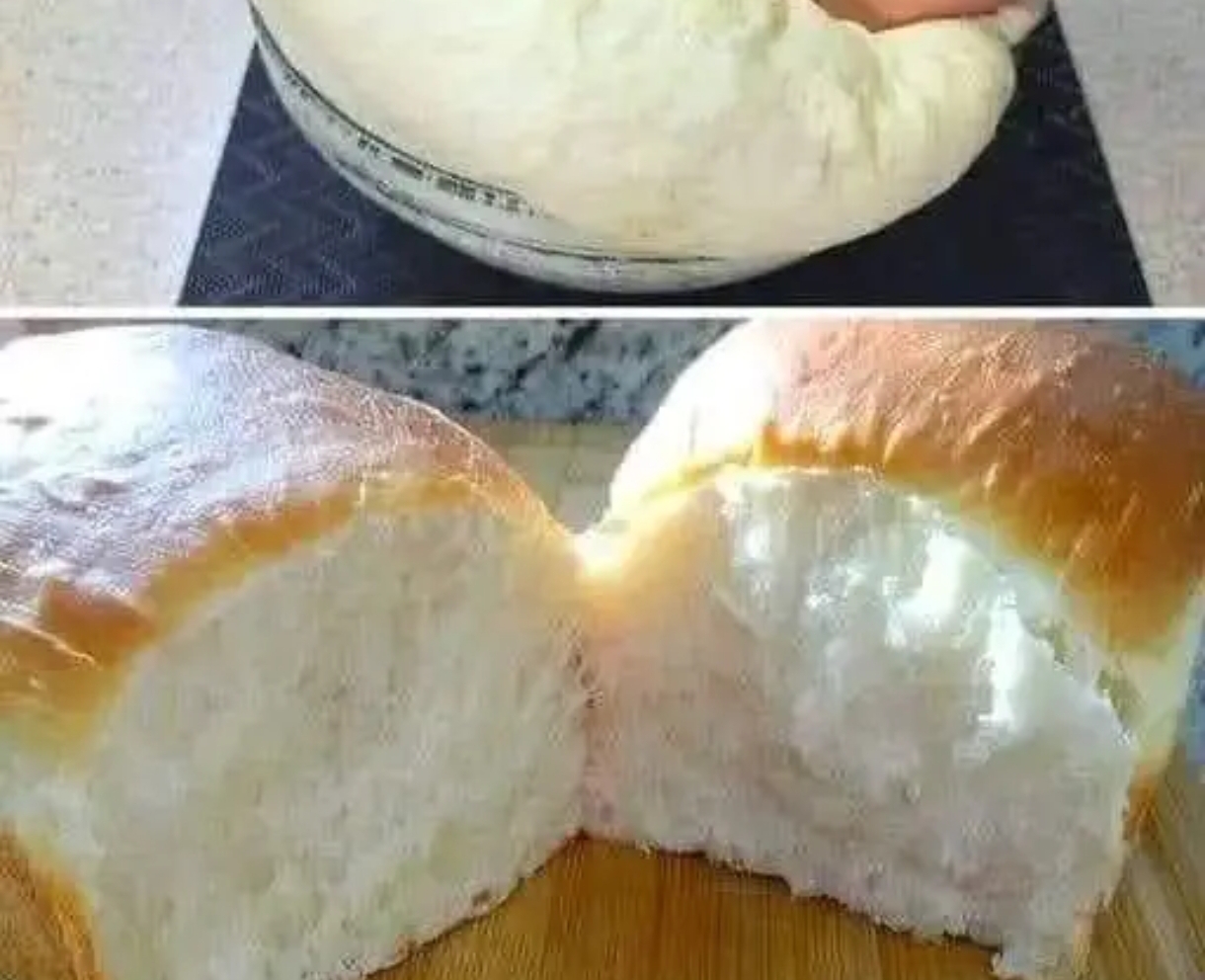Sure! Here’s a detailed recipe for a fluffy bread, complete with an introduction, history, ingredients, instructions, methods, and even a section for bread lovers!
The Art of Fluffy Bread: A Complete Guide
Introduction
Bread is one of the oldest and most beloved foods in the world. From ancient civilizations to modern kitchens, it has evolved into many forms. Among them, fluffy bread stands out for its light texture, airy crumb, and soft crust. This recipe will guide you through making a perfectly risen, cloud-like bread that melts in your mouth.
A Brief History of Fluffy Bread
Bread has been a staple for thousands of years. The earliest bread was dense and unleavened, but with the discovery of fermentation, ancient Egyptians began making lighter bread. Over time, techniques improved, and today’s fluffy bread owes much to refined flour, better yeast strains, and modern baking methods. Brioche from France, Japanese milk bread, and Italian Panettone are all examples of airy, delicate breads that have captured hearts worldwide.
Ingredients
For the Dough:
- 4 cups (500g) bread flour
- 2 ¼ teaspoons (1 packet) active dry yeast
- 1 cup (240ml) warm milk (110°F/45°C)
- ¼ cup (50g) granulated sugar
- 2 tablespoons (30g) unsalted butter, softened
- 1 teaspoon salt
- 1 egg
For the Egg Wash:
- 1 egg yolk
- 1 tablespoon milk
Optional Additions:
- ½ cup (120ml) heavy cream for a richer texture
- 1 teaspoon vanilla extract for a hint of sweetness
Instructions
1. Activating the Yeast
- In a small bowl, combine warm milk, sugar, and yeast.
- Let it sit for 5–10 minutes until foamy. If no foam appears, your yeast may be inactive, and you should start over.
2. Preparing the Dough
- In a large mixing bowl, combine flour and salt.
- Make a well in the center and pour in the activated yeast mixture, butter, and egg.
- Mix until the dough comes together.
3. Kneading the Dough
- Transfer the dough to a floured surface.
- Knead for about 10 minutes until the dough is smooth and elastic.
- If using a stand mixer, knead with a dough hook for 5–7 minutes on medium speed.
4. First Rise (Proofing)
- Place the dough in a greased bowl and cover it with a damp towel.
- Let it rise for 1–2 hours in a warm place until doubled in size.
5. Shaping the Bread
- Once risen, punch down the dough to release air.
- Shape it into a loaf or divide it into smaller rolls.
- Place it into a greased baking pan.
6. Second Rise
- Cover and let the shaped dough rise for another 30–45 minutes.
- Meanwhile, preheat your oven to 350°F (175°C).
7. Baking
- Brush the top with egg wash for a golden crust.
- Bake for 25–30 minutes until golden brown.
- Tap the bottom of the bread—if it sounds hollow, it’s done!
8. Cooling and Enjoying
- Let the bread cool on a wire rack before slicing.
- Serve warm with butter, jam, or honey.
The Science Behind Fluffy Bread
The fluffiness of bread depends on yeast fermentation, gluten development, and hydration. When yeast ferments, it releases carbon dioxide, causing the dough to rise. Kneading strengthens the gluten, creating a structure that traps air. The right balance of ingredients ensures softness and elasticity.
Conclusion: The Love for Fluffy Bread
Fluffy bread is more than just food—it’s comfort, tradition, and a sign of home. Whether paired with soup, made into a sandwich, or eaten fresh with butter, its airy texture makes every bite special.
For Bread Lovers:
- Pairings: Fluffy bread goes well with honey, Nutella, cheese, or even avocado.
- Storage Tips: Keep it in an airtight container to maintain freshness.
- Experiment: Try adding cinnamon, chocolate chips, or herbs for a twist!
Would you like any variations, like a whole wheat version or a dairy-free option?
